CRKT Ripsnort II Review

In today’s review, veteran knife expert Randall Chaney takes a look at the CRKT Ripsnort II folding knife. The cleaver-style blade sets it apart from many other folders, but how does it perform? That is something Chaney sets out to discover. The knife in this review was provided to the author by Springfield Armory.
While there are many intriguing knife blade shapes out there, I had not considered the cleaver … as in the style of a meat cleaver but scaled down to a small folder size. I was sent a Springfield Armory version of the Columbia River Knife & Tool (CRKT) Ripsnort II, and upon using it I have gained a new appreciation for the squared-up outline.
The Details
The Ripsnort and Ripsnort II are CRKT production models of a custom folding knife designed and built by knifemaker Philip Booth of Ithaca, Michigan. Booth says, “This Ripsnort — we’re talking about a serious everyday carry … . It cuts hard. It has a gently curving cleaver-style blade, which gives it a ferocious cutting edge. It’s tough guy stuff.” All right!
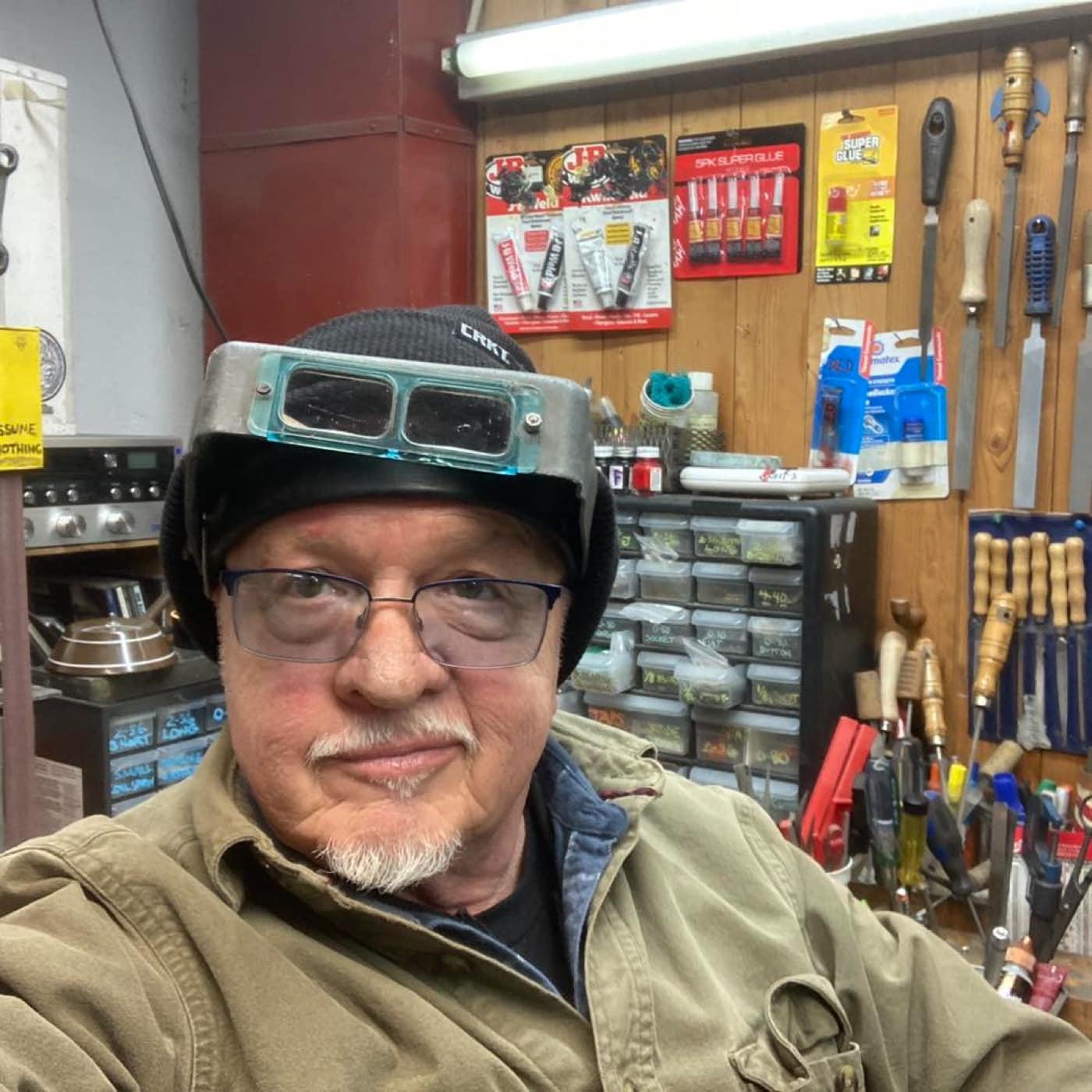
Designer Booth was an award-winning painter and printmaker before taking his fine arts background to knife making. Booth’s art studio burned down in the 1980s, so he turned his attention to mechanical art in the form of blades and handles. Handy that his dad had been a tool and die maker. Philip Booth’s efforts have been rewarded with trophies at Blade Show in 2005 and 2016.
[Don’t miss Clayton Walker’s article on knife lock types.]
The 3½” 8Cr13MoV stainless steel blade is 1/8″ in the thickest part of its cross-section. Further, the flat grind gives the blade the strength a cleaver should have. These impart a heft to the blade that can be felt when you thumb it open. Bearings ease the smooth swing of the knife into the locked position. I tightened up the pivot bolt just a bit to fine-tune it. A T6 star bit is used to remove the pocket clip and access the T8 star pivot bolt.
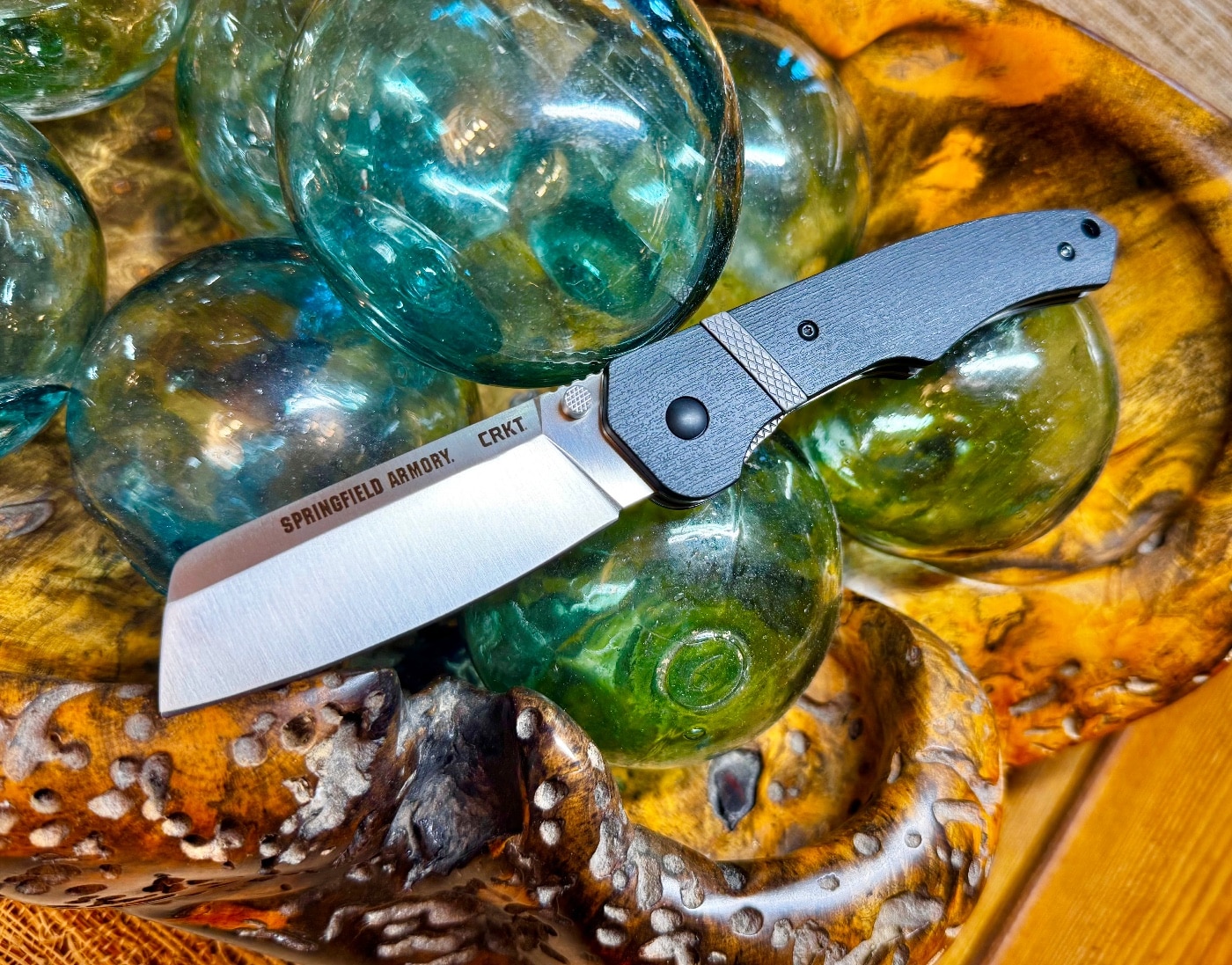
And about the blade, what is the difference between the cleaver and the sheepsfoot? They differ mostly in how acute the angle is at the front of the blade. The sheepsfoot has a generally curved, laid-back tip. Cleavers are more squared-up. Both have little belly in the cutting edge. Yeah, they can be similar.
[Not sure on what kind of knife you need? Read our article comparing the fixed vs. folding knife.]
CRKT characterizes the Ripsnorts as cleavers. You could make an argument for them being big sheepsfoots. Not a hill I’m wanting to expire upon. The shape provides a nice cutting edge for EDC tasks that don’t require a sharp point for deep piercing and puncturing, though Ripsnort’s tip can still make a nice poke through things.
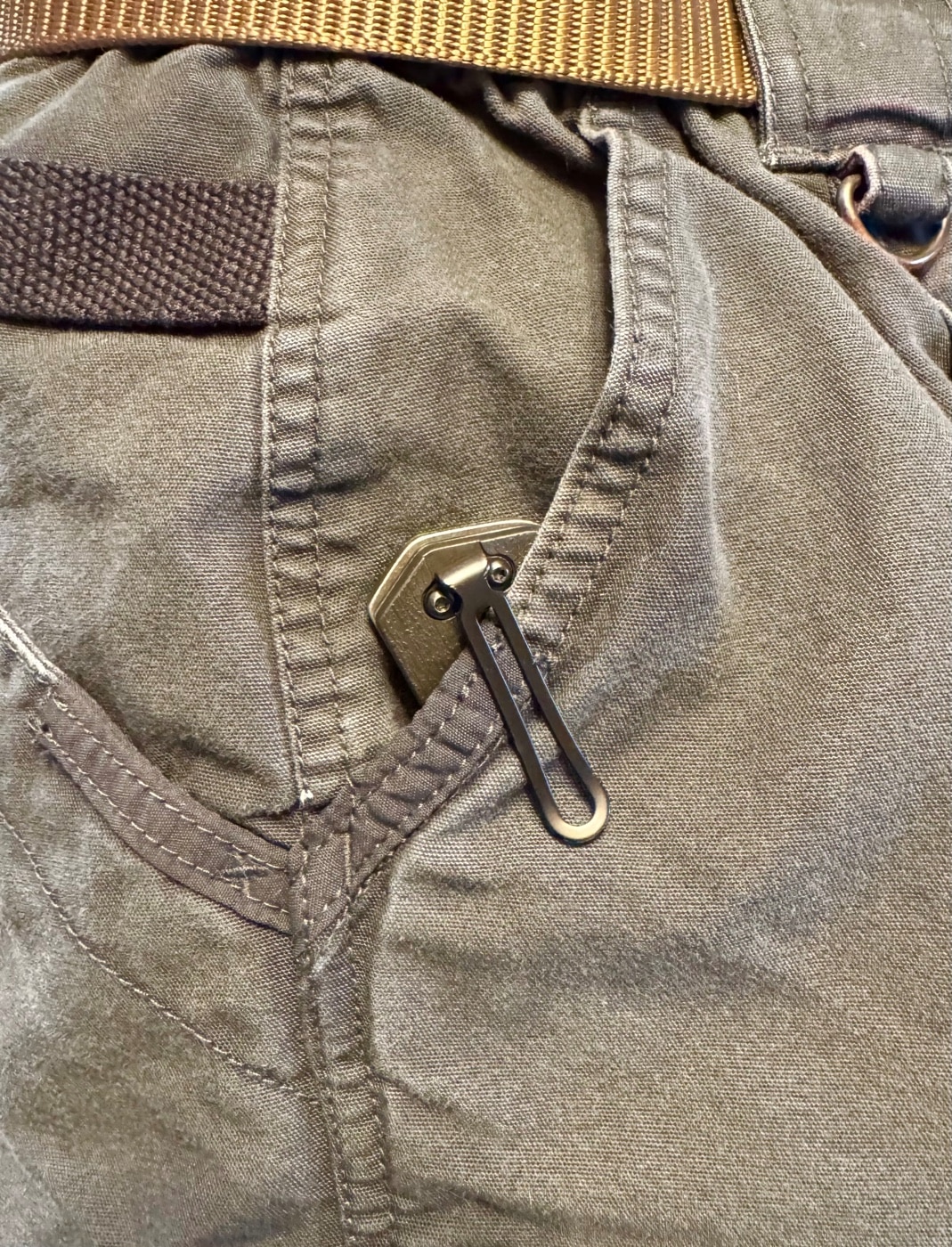
Thick full-length steel liners are black stonewashed for a pleasing appearance and a muted contrast to the bright satin-finished blade. While the bulk of the handle scales are black glass-reinforced nylon (GRN), two angled steel inlays are nested on either side of the Ripsnort II. A peek at the liners shows the inlays are pinned in and not simply glued. A nod to durability.
About the inlays, Booth excitedly stated, “The stainless steel accent on the handle was put into my custom knives because I like repeating shapes. Columbia River just nails these inlays and they’re the exact same angle. Man, it makes it look good.” Spoken like a true artist.
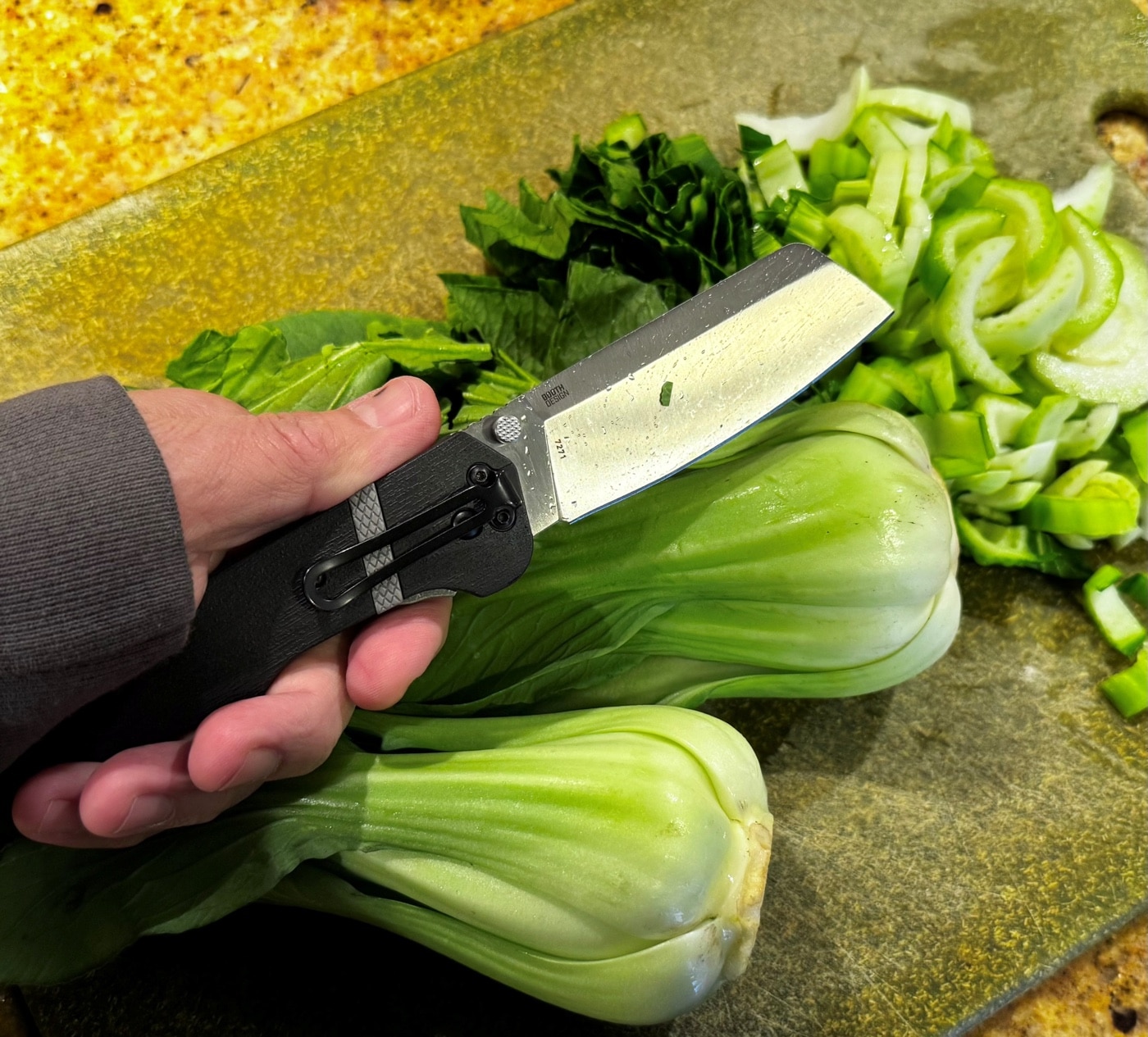
The Ripsnort II’s handle is very secure. It has enough of a curve at the pivot area to keep your hand safe from sliding toward the edge. From there it tapered down comfortably so that my index and middle fingers were supported by one scalloped section and my ring and pinkie fingers had a grip on the second scalloped section. It is hard to explain, but the Ripsnort steps down in your palm and is an example of good ergonomics.
A black deep concealment pocket clip is reserved for the knife’s right side, tip-down carry only. This is usually to keep overall costs down with less drilling and tapping and it shows in the MSRP. In keeping with Booth’s art background, the clip is a stylish loop. Black GRN comprises the backspacer. The requisite lanyard hole adorns the butt of the knife. Overall, the Ripsnort II comes to weigh-in at a solid 6.2 ounces.
The Ripsnort II differs from the now discontinued CRKT Ripsnort in that this latest iteration has a ¼” longer cutting edge, dual thumb studs instead of a finger flipper, and scales of GRN rather than the POM (Polyoxymethylene) that resembles a shiny, hard epoxy resin. The bigger Ripsnort II weighs just two-tenths of an ounce more than the original Ripsnort.
Specifications
- Blade Length: 3.48″
- Closed Length: 4.81″
- Overall Length: 8.28″
- Blade Material: 8Cr13MoV Stainless Steel
- Blade Thickness: 0.13″
- Blade Hardness: 58-60 HRC
- Blade Style: Cleaver
- Blade Finish: Satin
- Handle Material: Black GRN with Stainless Steel Inserts
- Locking Mechanism: Liner Lock
- Pivot Type: Bearings
- Pocket Clip: Deep Carry Stainless Steel (Tip-Down, Right Carry)
- Weight: 6.2 oz.
- Designer: Philip Booth
Hands-On
To make some Asian pork and bok choy, I used the Ripsnort II to clean up some tenderloin and chopped the vegetables. I did not need or miss a spear-like point. My wife thought the cleaver was a neat design and I kept the folder on the kitchen counter to do odd jobs. It retained its edge throughout.
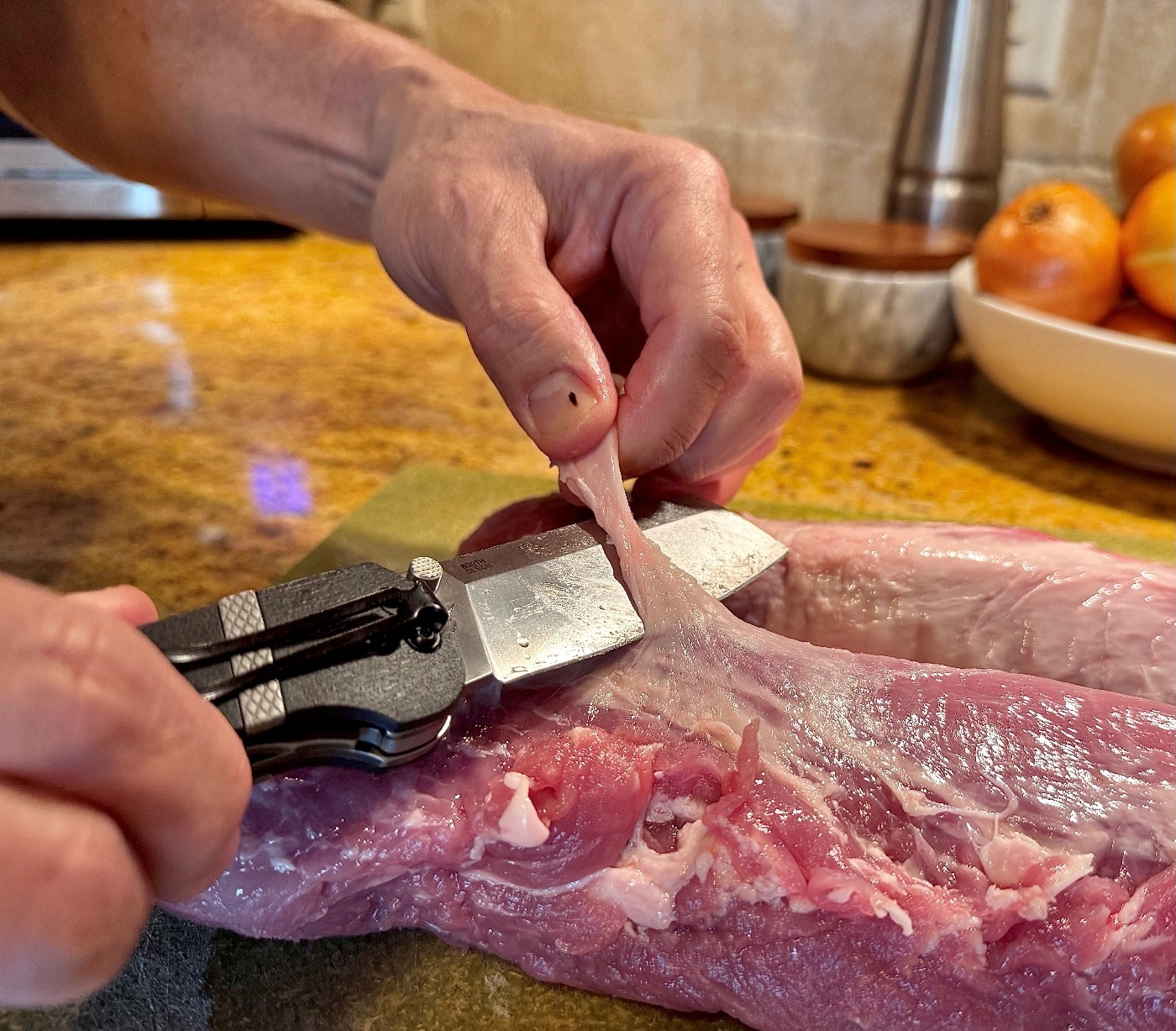
In the testing lab, I went looking for things to hack upon with the Ripsnort II. Wood, yes. Cardboard and packing tape, yes. Rope, yes. Brass pipe? Hmmmm. Nah. My usual course of abuse did not damage the blade. It needed a little touching up afterward, but that is expected when you cut and chop enough abrasive materials. No complaints in this department.
[Be sure to read Chaney’s article about how to sharpen a blade.]
The Columbia River Knife & Tool Ripsnort II with Springfield Armory logo is available on the Springfield Armory Store website for just $60. The materials, fit, and finish on this “budget” knife are excellent. The Springfield Armory logo finds a nice placement on the upper swedge of the blade.
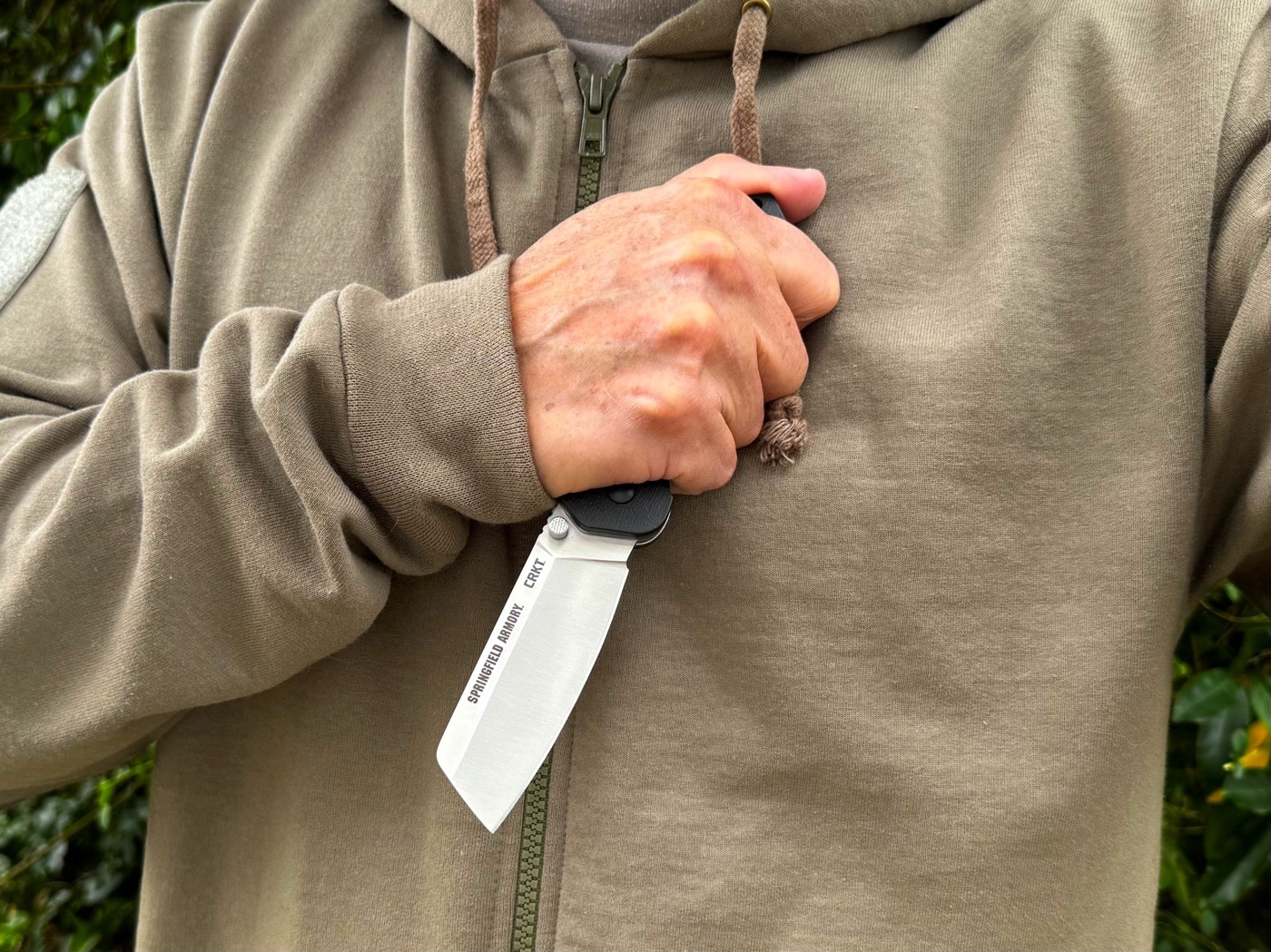
While the word cleave can mean splitting or severing something, it also has the antithetical Biblical meaning of staying close or firm to someone. So, while the Ripsnort II can sever, it is also something you may cleave to like glue when you discover its appealing form and properties.
Editor’s Note: Please be sure to check out The Armory Life Forum, where you can comment about our daily articles, as well as just talk guns and gear. Click the “Go To Forum Thread” link below to jump in!
Join the Discussion
Featured in this article
Read the full article here








